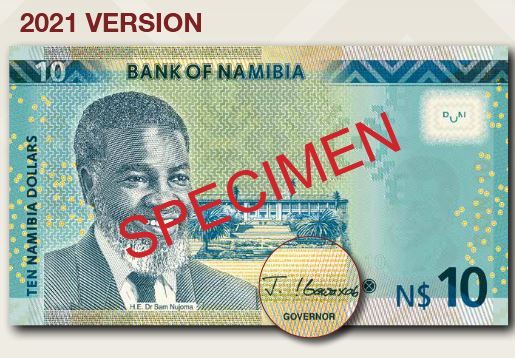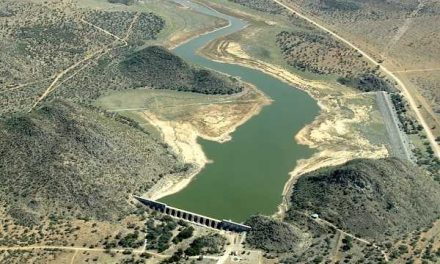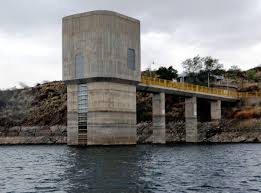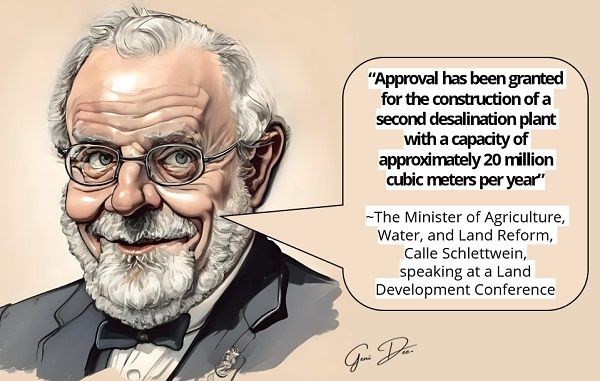
Slightly slower quarterly growth but still robust post-Covid recovery

Although GDP growth in the first quarter of 2024 was somewhat slower than the first quarter in 2023, the economy still expanded at a very respectable 4.7%. In the first quarter of 2023, growth was recorded at 5.3%. The Bank of Namibia ascribed this modest slowdown to weak performance in the primary and secondary industries.
The Bank of Namibia released the Quarterly Bulletin for the first quarter of 2024, last week Friday, 28 June 2024.
“In the primary industry, the mining sector registered slower growth during the quarter under review, primarily due to weaker diamond production and a decline in uranium output, despite robust growth in oil and gas exploration activities. The agricultural sector was sustained by the drought-induced marketing of cattle and small stock, despite the adverse climate impact on crop production. Furthermore, activity in the secondary industry slowed and was dragged down by a decline in the manufacturing sector, mainly driven by a contraction in diamond processing.”
The secondary sector also recorded slower growth than 2023 as a result of slower growth in the construction sector, particularly government projects. But the electricity and water sector show strong growth, driven by increased generation at the Ruacana hydropower plant.
The tertiary industry saw robust growth, particularly in the wholesale and retail trade sector, supported by activities in sectors such as information and communication technology, financial services, public administration, education, health, and hospitality.
“On the fiscal front, the government’s debt stock and loan guarantees as a percentage of GDP declined at the end of March 2024, compared to the same period a year ago. The Government debt stock declined to 66% of GDP at the end of March 2024 from 67.2% during the corresponding period in the previous year, owing to faster growth in nominal GDP compared to the rise in debt over the period under review.”
In nominal terms, government debt rose by 8% to N$153.8 billion at the end of March 2024 on the back of a rise in the issuance of both Treasury Bills (TBs) and Internal Registered Stock (IRS) as well as a rise in external debt caused by exchange rate depreciation, the disbursement of funding from the KFW Development Bank, and a loan from the African Development Bank (AfDB).
“The stock of international reserves stood at N$54.3 billion at the end of March 2024, equivalent to 3.8 months of import of goods and services. The import cover excluding oil and gas-related imports which are funded from abroad stood at 4.3 months.
The full Quarterly Bulletin can be read at https://www.bon.com.na/Publications/Quarterly-Bulletins/Quarterly-Bulletins-Publication.aspx.















































